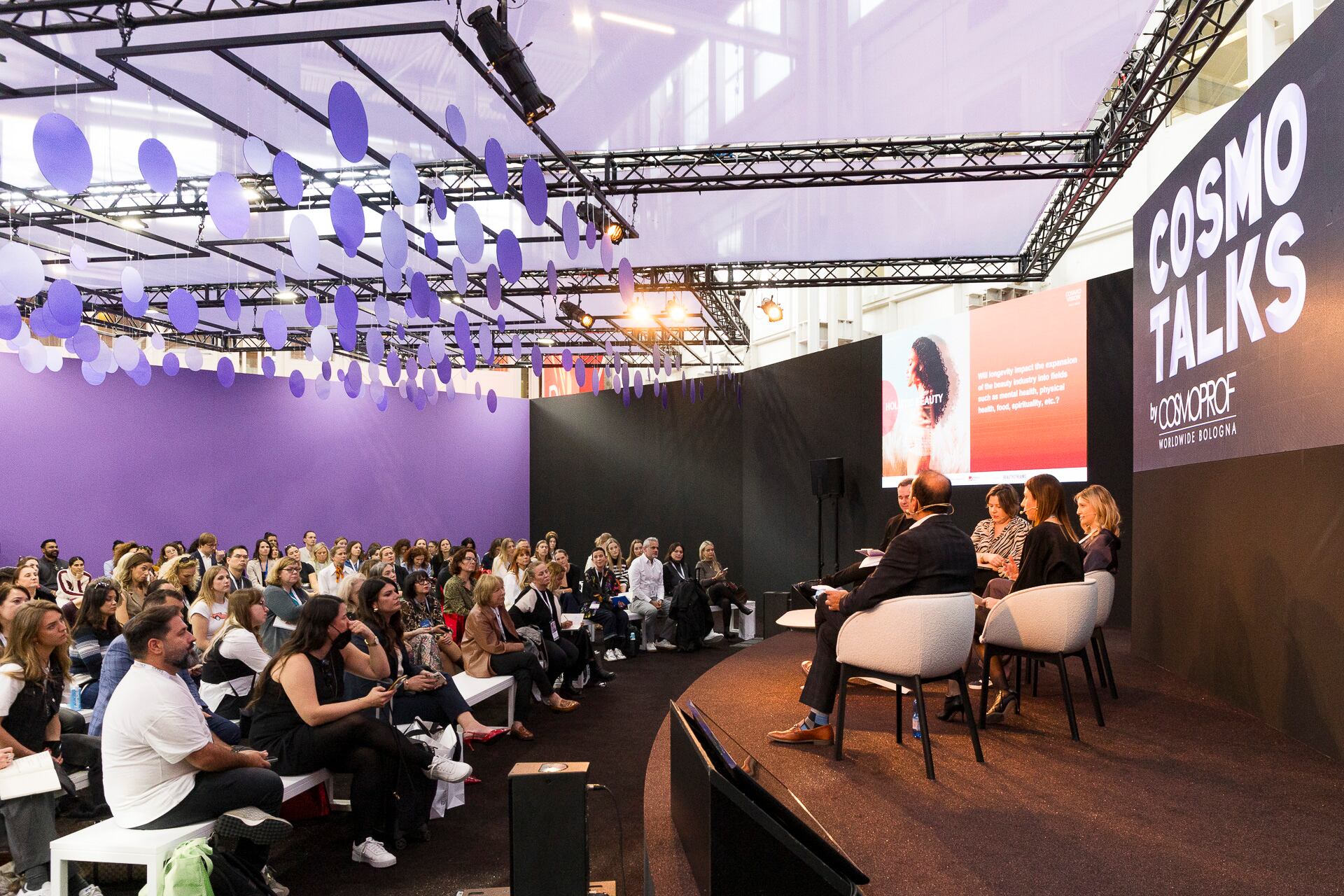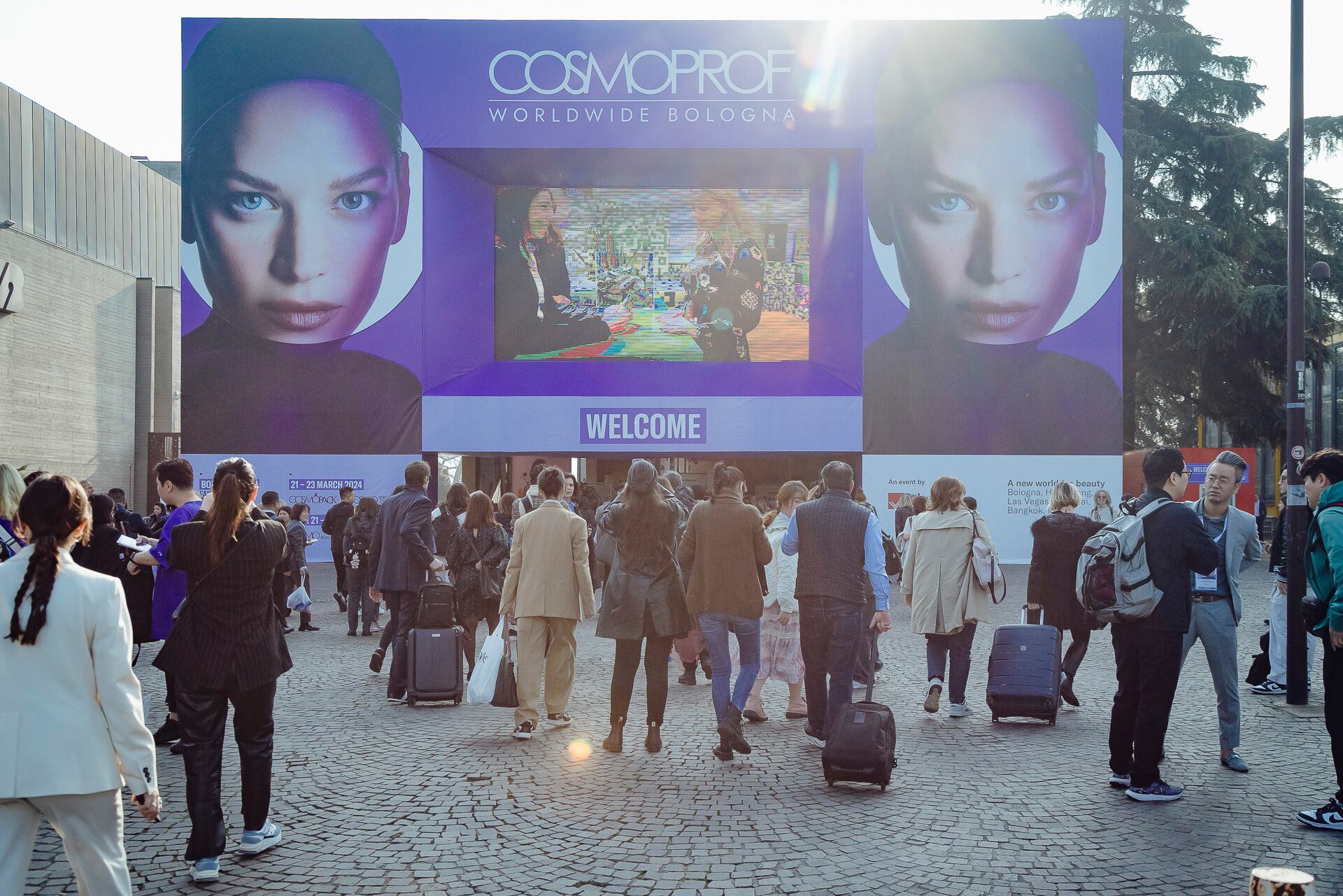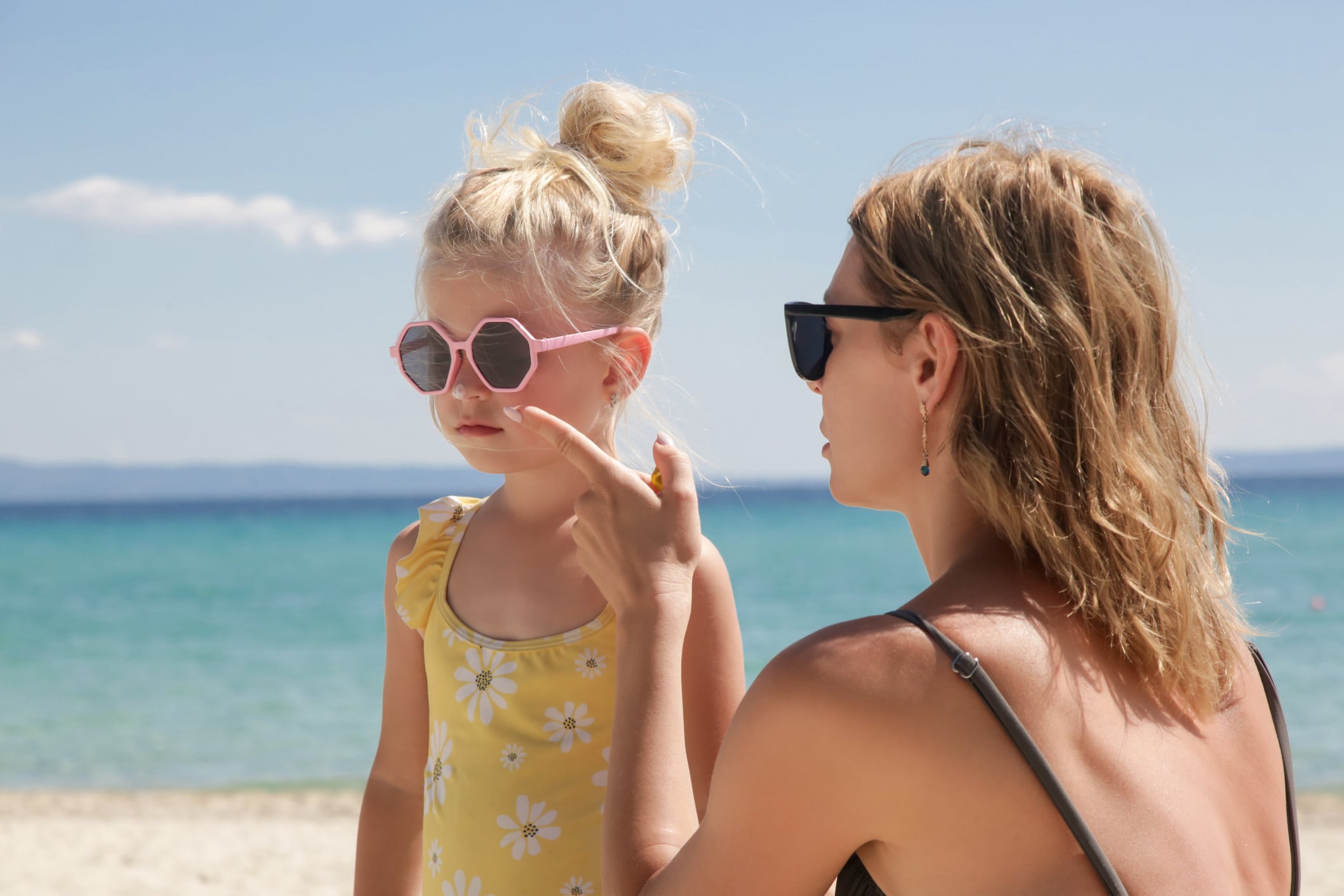The 2025 edition of Cosmoprof Worldwide Bologna will take place at BolognaFiere between 20 - 23 March. This year, over 3,000 exhibitors are set to attend, representing more than 10,000 brands.
We spoke to general manager for the event Enrico Zannini to find out what’s new at the show, and to get his views on key trends and issues impacting the beauty and personal care industry.
CosmeticsDesign-Europe (CDE): Cosmoprof Worldwide is having a makeover for 2025. What can attendees expect to be different at the show this year?
Enrico Zannini (EZ) The 2025 edition of Cosmoprof Worldwide Bologna will feature a revised layout, offering more visibility to specific segments in the beauty industry, which until now could not find enough space on the show floor.
Cosmopack’s exhibition space has expanded to include the entire Hall 19, wholly dedicated to the supply chain, with predominantly machinery companies. This solution allows us to give space to a constantly developing sector that characterises Cosmopack’s exhibition offering compared to other industry events that are more segment-specific.
The new exhibition layout has also allowed us to redesign Cosmopack’s halls in a more functional way, with an optimal distinction of the various segments in halls 15, 18, 20 and 28.
In Hall 20, we expanded the area dedicated to the ingredients sector to include fragrance houses and creators of room fragrances and perfumes. This choice will increase direct exchange with subcontractors and facilitate the connection between supply and demand.
For stakeholders interested in the retail channel, the main novelty is the new location of the brands representing Perfumery and Cosmetics, which will be showcased in hall 26, with a focus on skin care and makeup products, and 36 for personal care brands and fragrances.
CDE: Why have you decided to do this? How does this reflect what is happening in the wider cosmetics industry?
EZ: This new layout is designed to enhance organisation and accommodate an expanded exhibition offering, including new product categories that reflect the evolving market landscape. At the same time, we are facilitating stakeholders in their visit to the exhibition, thus creating easier paths to meet their needs and maximise their presence in Bologna.
This change follows the decision to open all the exhibition area on Thursday, 20 March, with Cosmopack and Cosmo Perfumery & Cosmetics closing on Saturday, 22 March, and Cosmo Hair & Nail & Beauty Salon on Sunday, 23 March.
It’s a solution we adopted for the 2024 edition, too, and it reflects the mix of distribution channels and sectors that is characterising the market today. Opening all areas on the same day helps international players travelling to Bologna mainly on weekdays, since they can meet both suppliers and finished product brands and find out the main trends and the most innovative novelties.
At the same time, beauty professionals working in the beauty salon, hair and nail sectors can discover what’s new in the retail sector, and what beauty suppliers are launching to meet the needs of consumers.
We believe that adopting these new features is a win-win solution for all our attendees.
CDE: What are some of the key trends and opportunities in the beauty industry this year?
EZ: New technologies are playing a vital role in the sustainable transformation of the beauty industry, especially when it comes to enhancing both the product and the purchasing experience.
In addition, as digital connectivity continues to grow and markets become more interconnected, emerging regions are starting to take centre stage. Areas like Africa, the Middle East, and Southeast Asia are showing some of the highest growth rates in cosmetic revenues, establishing themselves as major players in the beauty sector.
The beauty industry is becoming more inclusive, focusing on diverse skin and hair types, local communities, and cultural sensitivities. This shift is leading to a wider range of products for beauty without borders.
Lastly, a focus on wellbeing drove consumers away from anti-ageing in favour of a pro-ageing mindset that embraces healthy lifestyles. In response, brands are rolling out product lines that include supplements and non-invasive beauty treatments designed to enhance natural beauty.
In the world of fragrances, there’s an exciting rise in collections and scents inspired by neuroscience and aromatherapy, offering a more holistic approach to personal care.
Experts, trend agencies and international opinion leaders will discuss these current topics in depth during the sessions of CosmoTalks, Cosmoprof’s programme of roundtables dedicated to the most relevant macro-trends.

CDE: What are some of the key issues in the beauty and personal care industry that need to considered for this year and beyond?
EZ: Beauty brands are facing a new relationship towards their customers: developing a product or a new collection is no more a process controlled 100% by brand owners and R&D. It has become the consequence of the interaction with consumers, who today are able to express their needs and personal taste thanks to digital tools and social media.
Such a scenario gives more emphasis to sustainability, transparency, attention to our wellbeing, as well as a hyper personalisation of what we purchase.
Also, new digital tools like virtual try-ons, personalised recommendations, and seamless online shopping experiences are becoming important assets for brands to stay competitive in a fragmented and saturated market.
Generally speaking, brands that can adapt to consumer expectations, embrace sustainability, and innovate with technology will be well-positioned to thrive in the coming years.
CDE: What’s important in terms of sustainability now?
EZ: Sustainability is becoming an increasingly decisive factor in the cosmetics industry and must become a structural element of companies.
Consumers demand that companies take immediate, effective, and concrete actions to address climate change and our time’s social and economic challenges. All areas of the industry, from the supply chain to the final product, are involved because creating a circular and sustainable cosmetics industry requires strategic collaborations and innovations across all players in the sector.
The search for new materials and raw ingredients is a key focus; many solutions now incorporate biodegradable, recycled, or renewable materials for packaging. Innovative and forward-thinking companies are guided by key principles such as low-impact production processes, emission reductions, improved waste management, and compliance with international regulations and certifications. Sustainability also involves educating consumers on best practices, raising awareness through initiatives supporting vulnerable communities, and fostering circular economy projects.
In this context, Cosmoprof stands as a reference point for stakeholders, having focused on sustainability in the cosmetics industry for years. By offering dedicated seminars and projects, the upcoming edition of the trade show will undoubtedly serve as a key opportunity to explore the latest solutions the beauty sector is set to introduce to the market.
CDE: Have the increasing number of global regulations made it harder for brands and suppliers to innovate?
EZ: As regulations become increasingly stringent, companies succeeded in adapting to the new requirements, such as ethical sourcing of ingredients, correct labelling, using the right materials for packaging, as well as their proper disposal. This evolution is made possible thanks to the consistent investments in research, development and avant-garde innovation that has always been one of the main features of our industry.
Another element that should not be underestimated is the appropriate application of local regulations when a company decides to expand its market. Regulations vary by country or region, and compliance can be complex and costly. The high-level standards of our companies facilitate the evolution of the cosmetics industry toward a more sustainable future, achieving alternative and innovative solutions.





